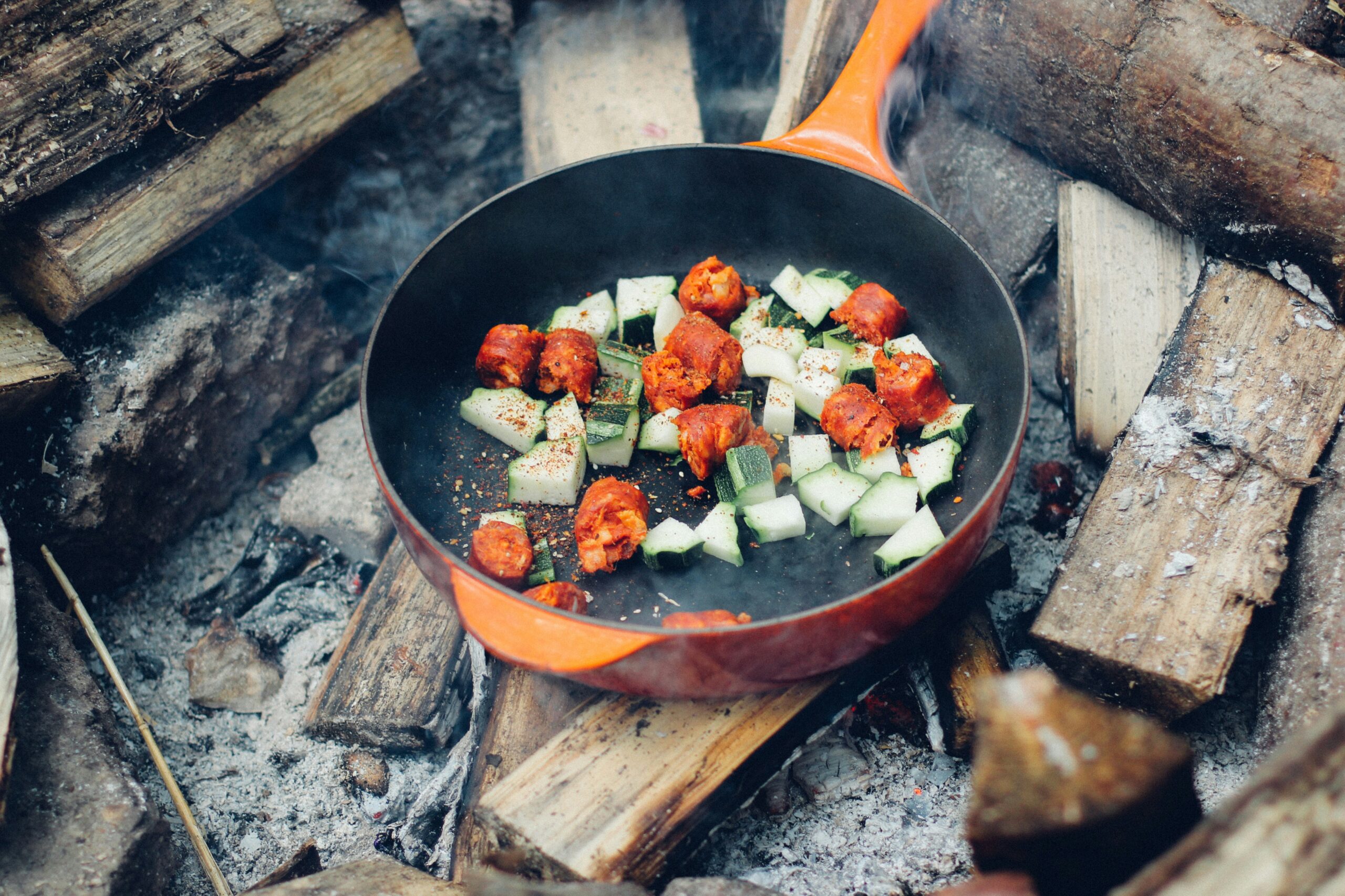In learning to cook, it is important to have some skills as well as some basic knowledge. It is essential to have measurement and temperature knowledge. Knowledge of measurement and temperature is essential to understand any recipe and to get the cooking right as well as maintaining the flavor consistency of the food.
Precise measurements are essential for culinary success in both cooking and baking.
Another thing most important in cooking is temperature.
Cooking is impossible without temperature knowledge and control.
If you don’t know when and how much heat is needed to cook a food, it will never be cooked properly.
Because measurements and temperatures are so important, all recipes refer to ingredient measurements and temperatures in the cooking process.
But the problem is that we use all these things in short order in the recipe.
To understand recipes you need to know their abbreviations.
Certainly! Here’s a table with common cooking abbreviations and their measurements:
| Abbreviation | Measurement |
| tsp | Teaspoon |
| dstsp | Dessertspoon |
| tbsp | Tablespoon |
| fl oz | Fluid ounce |
| oz | Ounce |
| ml | Milliliter |
| l | Litre |
| pt | Pint |
| lb | Pound |
| g | Gram |
| kg | Kilogram |
| °C | Celsius |
| °F | Fahrenheit |
Even after knowing everything, one problem remains to cook the recipe.
Without knowing the measurement and temperature conversion, many times the recipe cannot be cooked.
It appears that the recipe uses some type of unit, but you don’t have the tools to measure it in your kitchen. What to do then?
You have to convert.
And this is why measurement and temperature conversion must be known.
For example, take this recipe of ours Barbeque chicken drumsticks.
Here I used measuring spoon.
But suppose you don’t have a measuring spoon in your kitchen, but a scale.
Now you need to convert.
Now if you don’t know the conversion then it is not possible to follow the recipe.
This is why this conversion chart is given so that you can properly follow all the recipes published on this site.
Here’s a table with common cooking weights in both metric and imperial units:
| Metric (g) | Imperial (oz) |
| 5 | ¼ |
| 15 | ½ (1 dstsp) |
| 25 | 1 |
| 50 | 2 |
| 85 | 3 |
| 110 | 4 (¼ lb) |
| 140 | 5 |
| 180 | 6 |
| 200 | 7 |
| 225 | 8 (½ lb) |
| 250 | 9 |
| 280 | 10 |
| 300 | 11 |
| 340 | 12 |
| 375 | 13 |
| 400 | 14 |
| 425 | 15 |
| 450 | 16 (1 lb) |
| 675 | 24 (1.5 lb) |
| 900 | 32 (2 lb) |
Here’s the table with volume conversions for common household measures:
| Household Measure | Imperial | Metric |
| ½ tsp | 2.5 ml | – |
| 1 tsp | 5 ml | – |
| ½ tbsp | 7.5 ml | – |
| 1 tbsp | 15 ml | – |
| ½ cup (8 tbsp) | 120 ml | 4 fl oz |
| 1 cup (16 tbsp) | 240 ml | 8 fl oz |
| 2 cups | 480 ml | 16 fl oz |
Here’s a handy table with oven temperature conversions for both Fahrenheit and Celsius, along with the corresponding gas marks:
| Description | °C | °F | Gas Mark |
| Extremely low | 120 | 250 | Half |
| Very low | 140 | 275 | 1 |
| Low | 150 | 300 | 2 |
| Very moderate | 160 | 325 | 3 |
| Moderate | 180 | 350 | 4 |
| Moderately hot | 190 | 375 | 5 |
| Fairly hot | 200 | 400 | 6 |
| Hot | 220 | 425 | 7 |
| Very hot | 230 | 450 | 8 |
| Extremely hot | 240 | 475 | 9 |
This is a bonus for you ⤵
– yoghurt pot measures
Use any standard shape yoghurt pot marked 125 g. One pot is approximately:
| Ingredient | Approximate Amount |
| White flour | 110 g |
| Caster or granulated sugar | 180 g |
| Liquids (e.g. water, milk) | 120 ml |
| Wholemeal flour | 85 g |
| Soft brown sugar | 110 g |
Feel free to ask if you need more assistance! 😊

